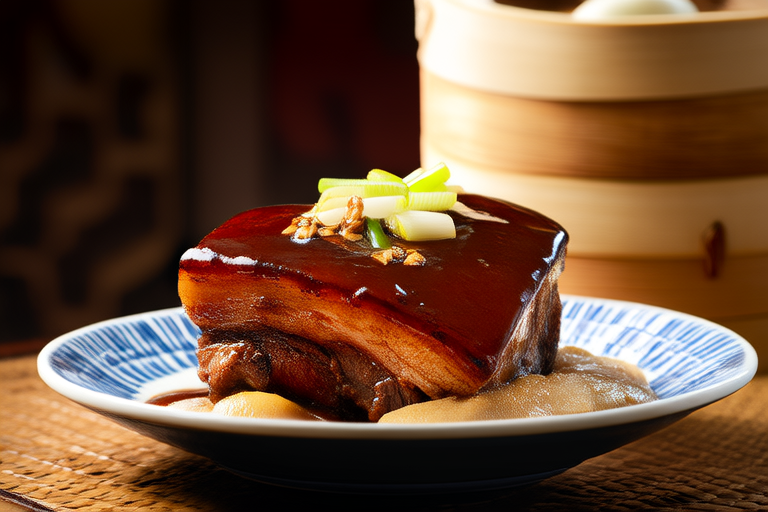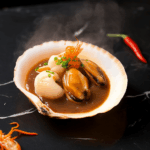- Introduction to Heritage Taste
Traditional methods of cooking meat have been passed down through generations, offering rich, savory flavors that are unmatched by modern techniques. In this article, we will explore the art of preparing meat dishes using heritage methods, ensuring you can recreate these timeless flavors in your own kitchen.
- Selecting Quality Ingredients
The foundation of any great dish lies in the quality of its ingredients. When it comes to meat, choosing the right cut and source is crucial. Opt for pasture-raised or grass-fed animals, as they tend to offer more flavor and nutrients. Look for cuts with marbling, which adds richness to the final product. For beef, consider brisket, chuck, or short ribs; for pork, shoulder or belly; and for lamb, leg or shanks.
- Preparing the Meat
Before cooking, properly preparing the meat is essential. Trim excess fat or sinew but leave some fat for flavor. For tougher cuts, consider aging the meat at home. This process allows enzymes to break down muscle fibers, making the meat more tender. To age meat, place it in a cool, dry environment (ideally between 34-38°F) for 7-14 days.
- Seasoning and Marinating
Seasoning enhances the natural flavors of the meat. Use simple seasonings like salt, pepper, garlic, and herbs. For marinades, opt for acidic ingredients such as vinegar, wine, or citrus juice to tenderize the meat further. Allow the meat to sit in the marinade for several hours, turning occasionally to ensure even absorption.
- Cooking Techniques
Several traditional cooking methods yield exceptional results:
- Slow Cooking: Braising and stewing are classic techniques that involve cooking the meat slowly over low heat with liquid. This method breaks down tough fibers and infuses the meat with flavor from the cooking liquid. Use a Dutch oven or similar pot with a tight-fitting lid.
- Roasting: Roasting is ideal for larger cuts of meat. Preheat the oven to a high temperature (around 450°F) to sear the outside of the meat, then reduce the heat to around 300°F for slow roasting. Baste the meat periodically with its own juices for added moisture.
- Grilling: Grilling imparts a smoky flavor to the meat. Charcoal grills are preferred for their authentic taste. Preheat the grill to medium-high heat, and cook the meat indirectly if it requires longer cooking times.
- Serving Suggestions
Pair your heritage-style meat dishes with complementary sides. Root vegetables like carrots, potatoes, and parsnips roasted in the same pan as the meat add depth. Fresh herbs and leafy greens provide a refreshing contrast. A side of crusty bread or a grain-based dish can round out the meal.
- Conclusion
By embracing traditional cooking methods, you can elevate your meat dishes to new heights. These techniques not only enhance flavor but also respect the heritage behind each recipe. Experiment with different cuts and spices to find your perfect combination, and enjoy the rich, savory flavors that have delighted generations.


